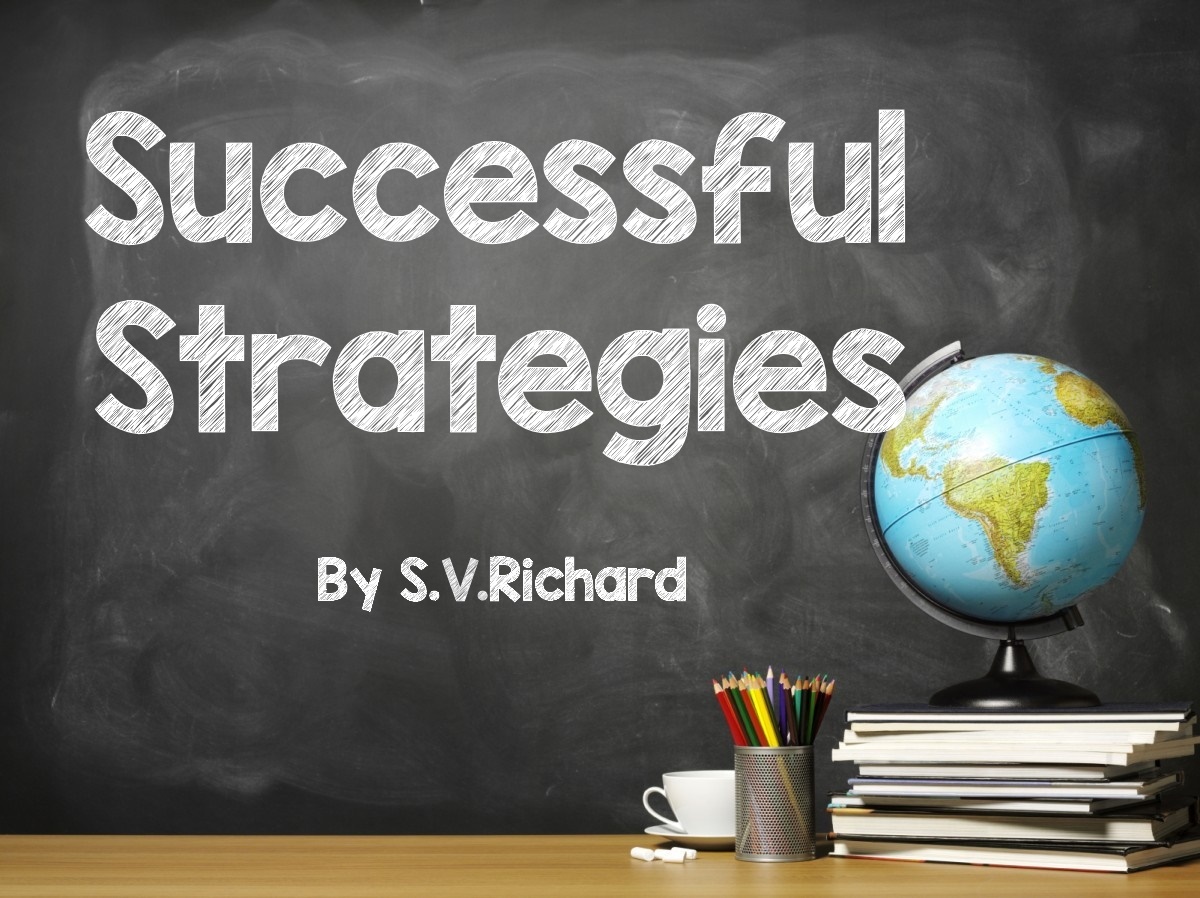By S.V.Richard
Although I am a certified special educator, I taught ESL for a year and ESL inclusion for an additional year. Below are some strategies that best helped my students succeed. By giving them several opportunities for success, I found they gradually build up confidence and even more happiness in the classroom. This solid foundation is crucial for students to continue growing their formal education.
Read Alouds
Everything was read out loud and discussed. Sometimes I read it. Sometimes they read with a partner. (This made the inclusion class a wonderful help.) Technology was also a great resource because there are many software programs that will read the text on the computer screen. This allows the students to read at their own pace, go back and reread paragraphs as needed.
Patience
It takes a lot of mental work to translate text. Give students extra response time. Modify the length of assignment as needed without taking away the challenging questioning.
Visuals
Use pictures to illustrate more than vocabulary. For example, visuals help show students what to do for steps in a science experiment. Visuals illustrate events in a story. Even short educational videos with closed captioning help supplement material so students have a better understanding of what they are learning.
Puzzles
Write words on sentence strips and cut these into puzzle pieces. Not only does this help students spell, but it gives them something to do when they finish their work. Use phonics as a guide to cut out the pieces. For example, the word “this” can be broken up into th/i/s. Vocabulary words, definitions and matching pictures can also be made into puzzles to help students study. Cut out key words into bigger pieces to help remind students of a vocabulary word’s meaning.
Prompts
Give students sentence prompts and word banks to complete their grade level work. Gradually allow for some open response questions, but continue to provide support and structure by using more advanced sentences and answer choices once other sentence prompts are no longer needed.
All students have a perspective and insight that is an asset to any classroom. ESL students need to be exposed to age appropriate, grade level material in order to maximize their learning. With structure and support in place, they will grow their academic skills and be successful in their goals.

S.V.Richard is the author of How I Taught My Kids to Read. She has an MA in special education from the College of Notre Dame in MD.Her 20-year-old twins will graduate college this year!









